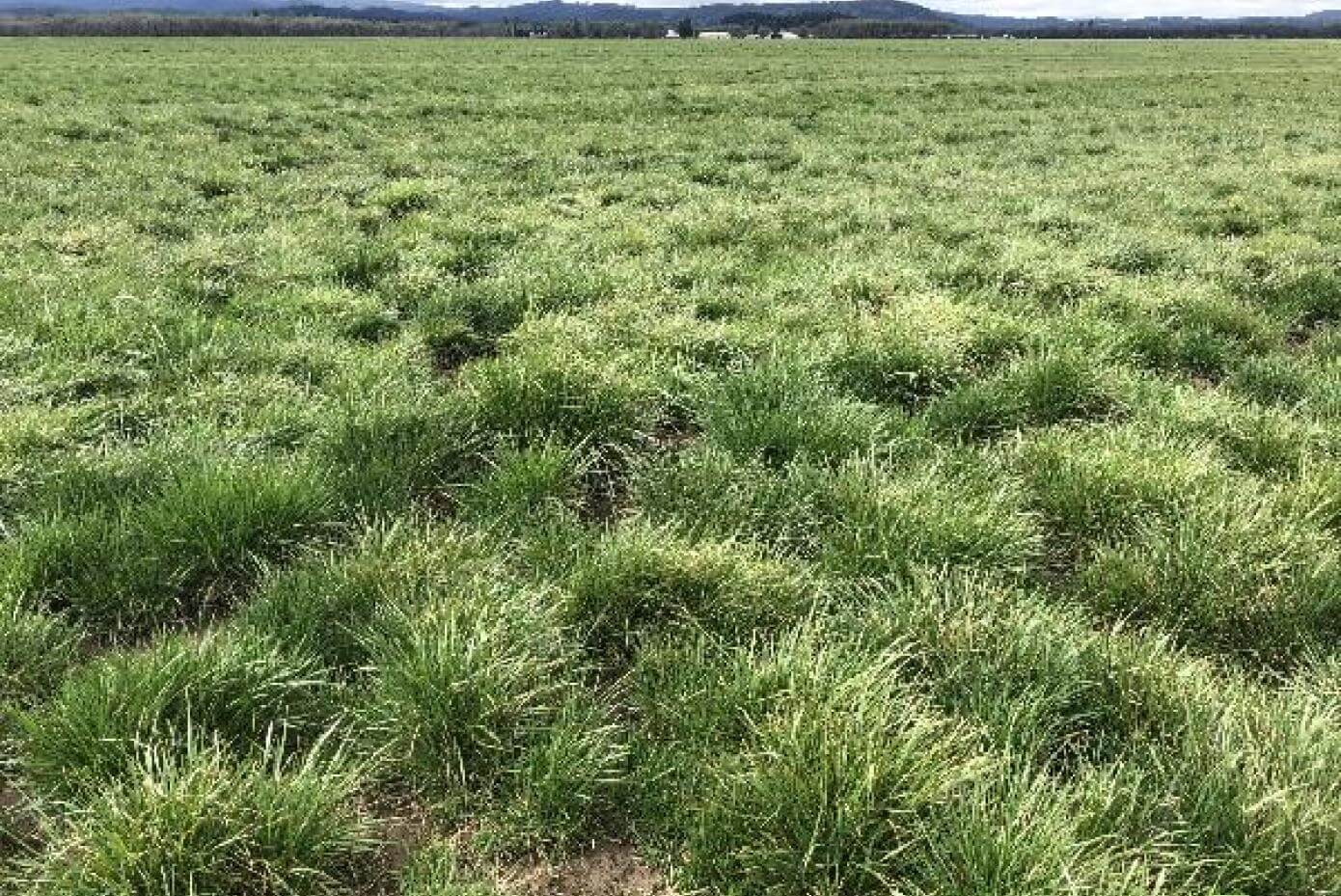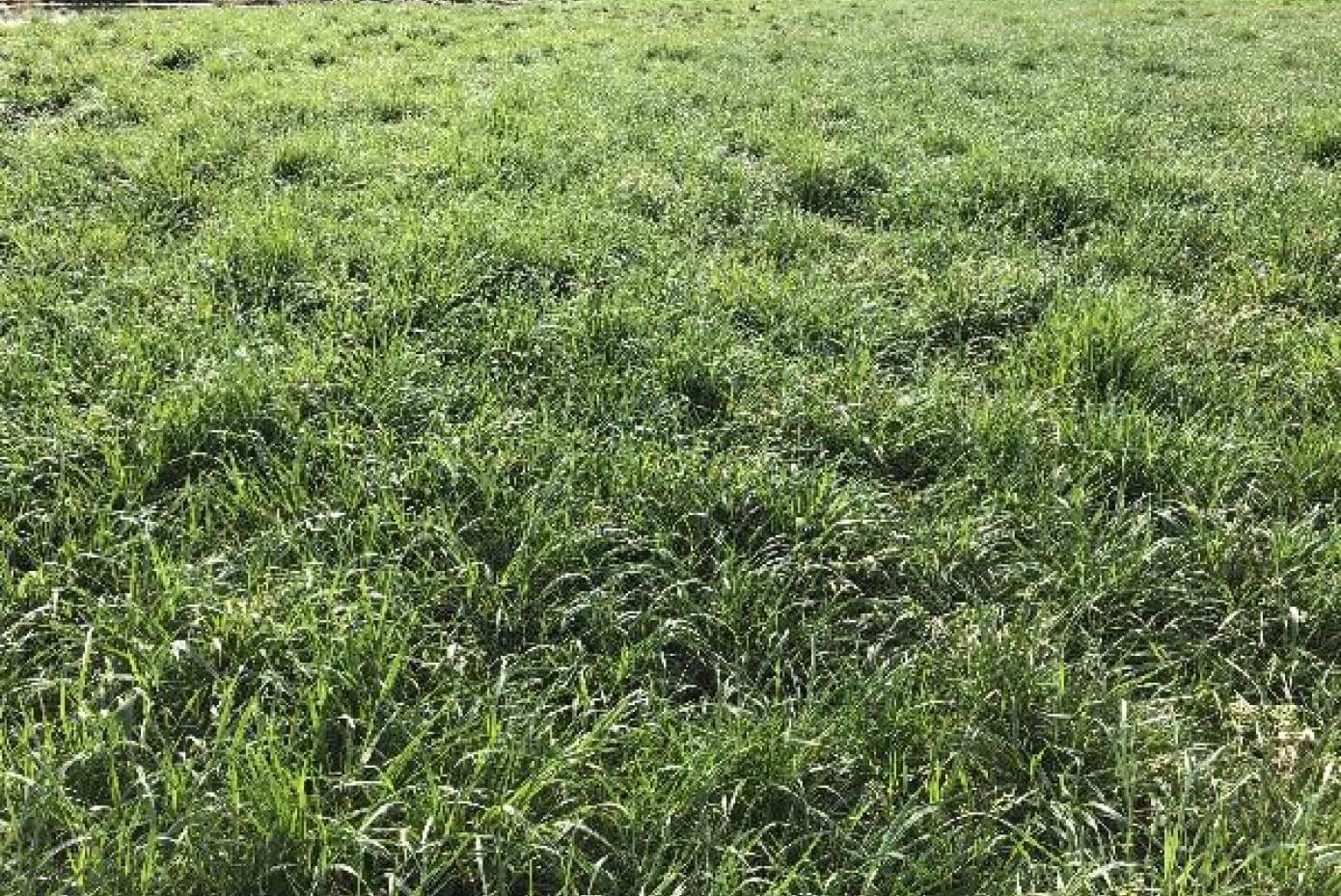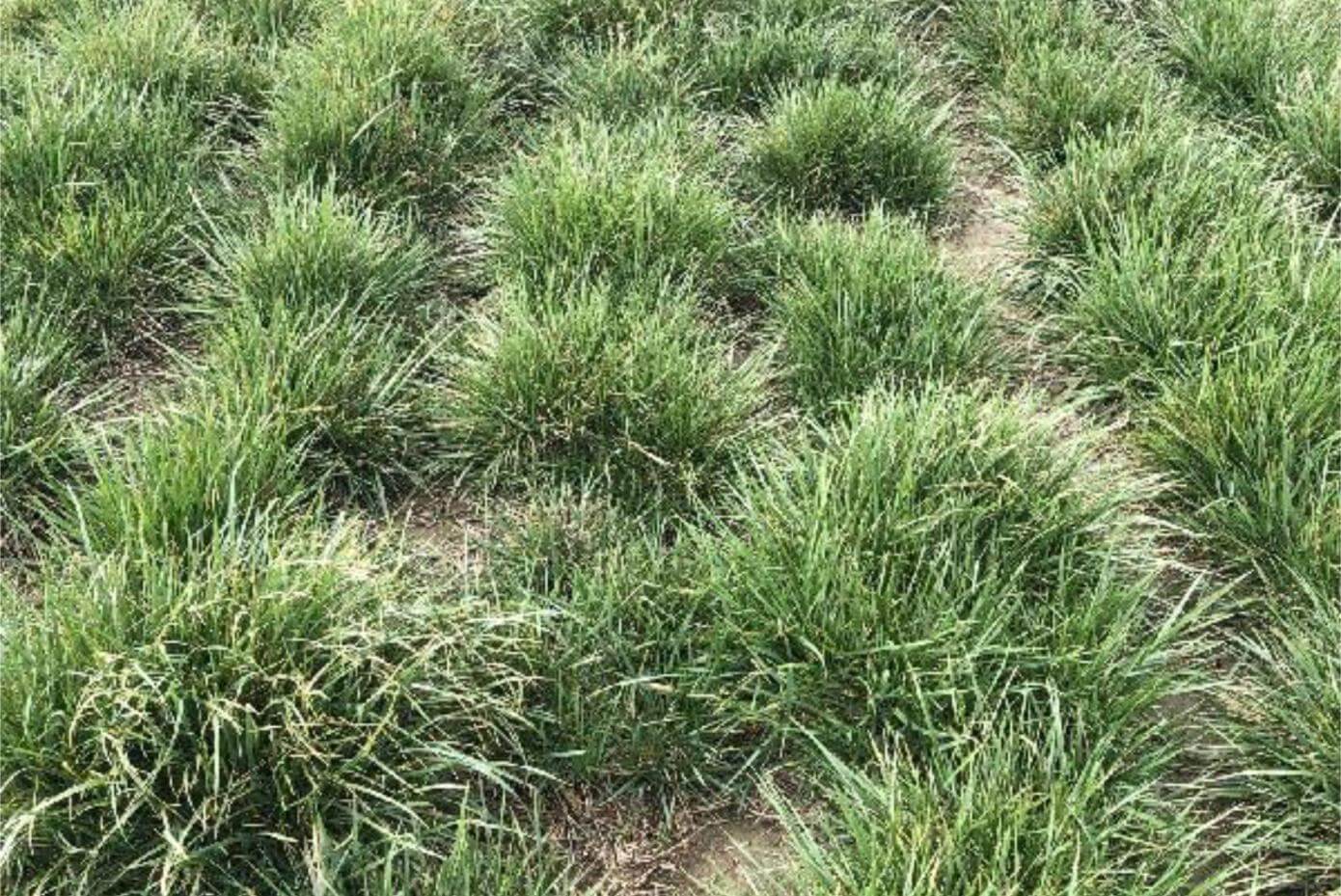Market Observations
Many of our customers feel like they are well-stocked for spring. Movement to dealers is well under way and consumption at the end user level has begun. Season shipping thrusts to distributors has been completed. Historically, April and May are often very strong consumption months, and usually ones where Tier 1 level seed suppliers are focused on shipping late contract orders and responding to reorder from Tier 2 distributors. Weather will be one of the key drivers along with consumer response to high seed and fertilizer prices. Speaking of prices, there really aren’t many changes from February. We are beginning to have more conversations about new crop pricing and availability, but frankly very few answers.
Crop Update
This year our production team is utilizing an inspection reporting tool which will allow them to better manage the many acre of production under their care. One side benefit is that these report help the rest of us have some visual references to current field issues, and comparisons of healthy stands vs poor stands. Here are a few recent examples:
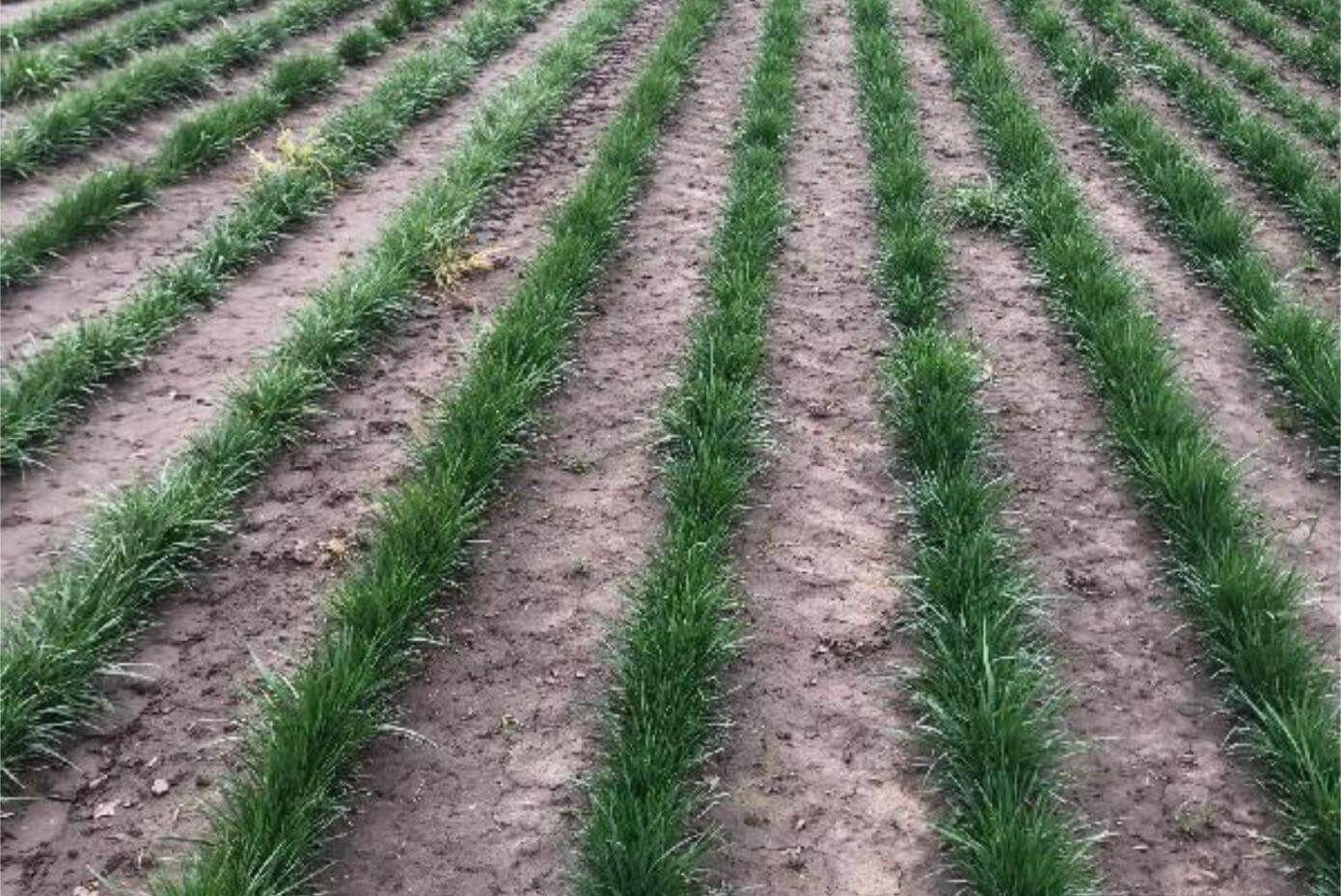
Stand looks great overall, has established well. Approximately 1% annual ryegrass volunteer. Will be spot sprayed before harvest.
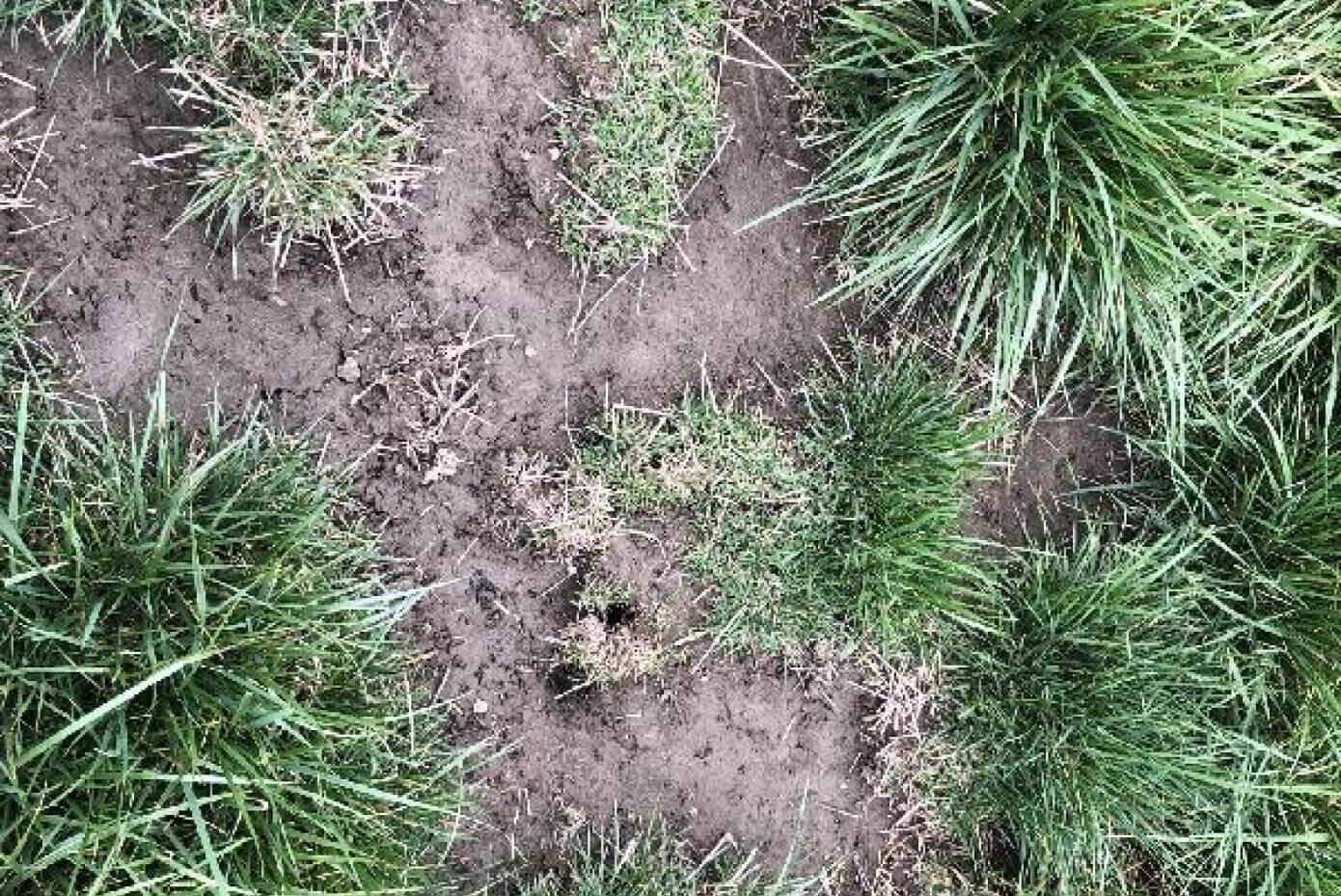
Lots of vole activity.
Water Concerns
Washington and Oregon are expressing concerns about snowpack and available water for this year’s crops.
According to articles in the Capital Press, Washington State was preporting early melting of what initially was a good snowpack. As of the end of March, snowpack levels were at 80% of normal due to above-average March temperatures. This is expected to translated into water supplies below 75% of normal, especially in the southeastern portion of the state.
Oregon NRCS is reporting similar concerns noting that snow is starting to melt almost two weeks earlier than normal. Additionally, 4 out of the 5 largest reservoirs in central Oregon are that their lowest levels ever recorded. Visit www.CapitalPress.com to see the complete articles on these stories.
While the Willamette Valley, home to the majority of Oregon’s grass seed production depend less on irrigation and reservoirs, and receives most of its moisture from rainfall, having adequate and timely rainfall will be a concern, as NOAA’s most recent Spring Outlook forecasts a “prolonged, persistent” drought in the West.
The good news for the Willamette Valley is that fall rains were very adequate and timely.
